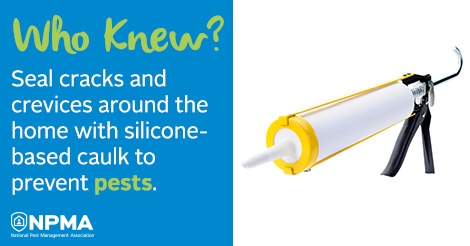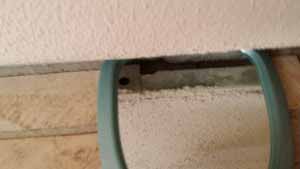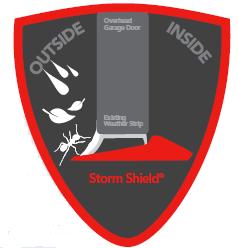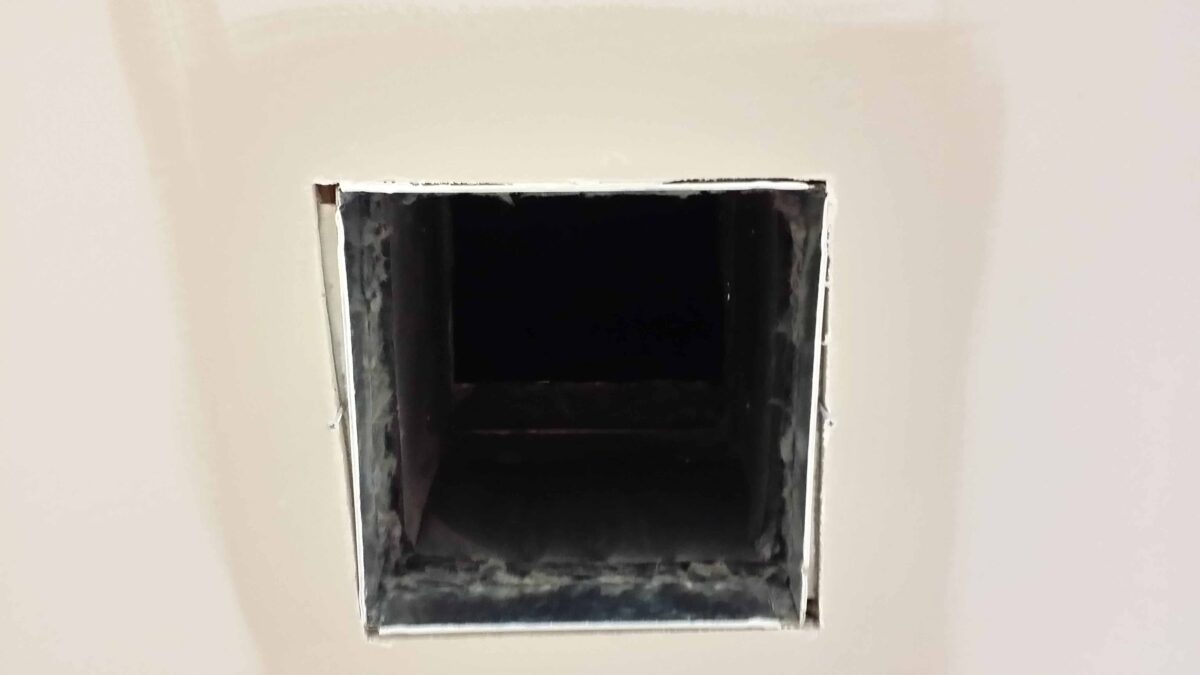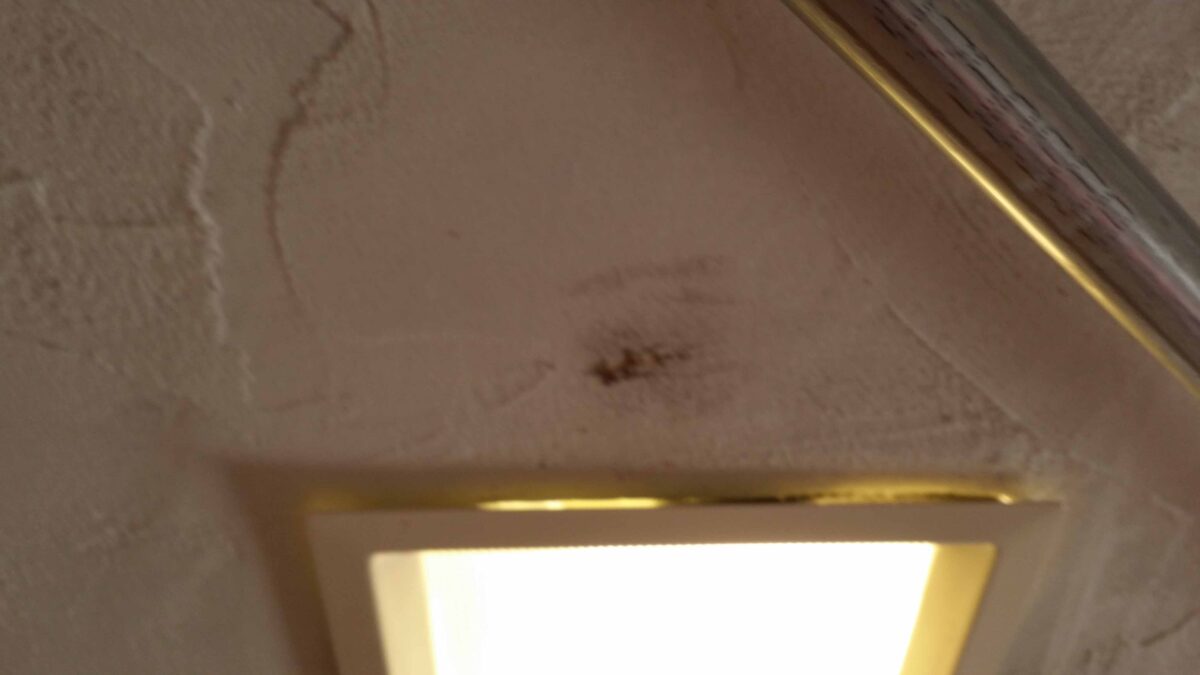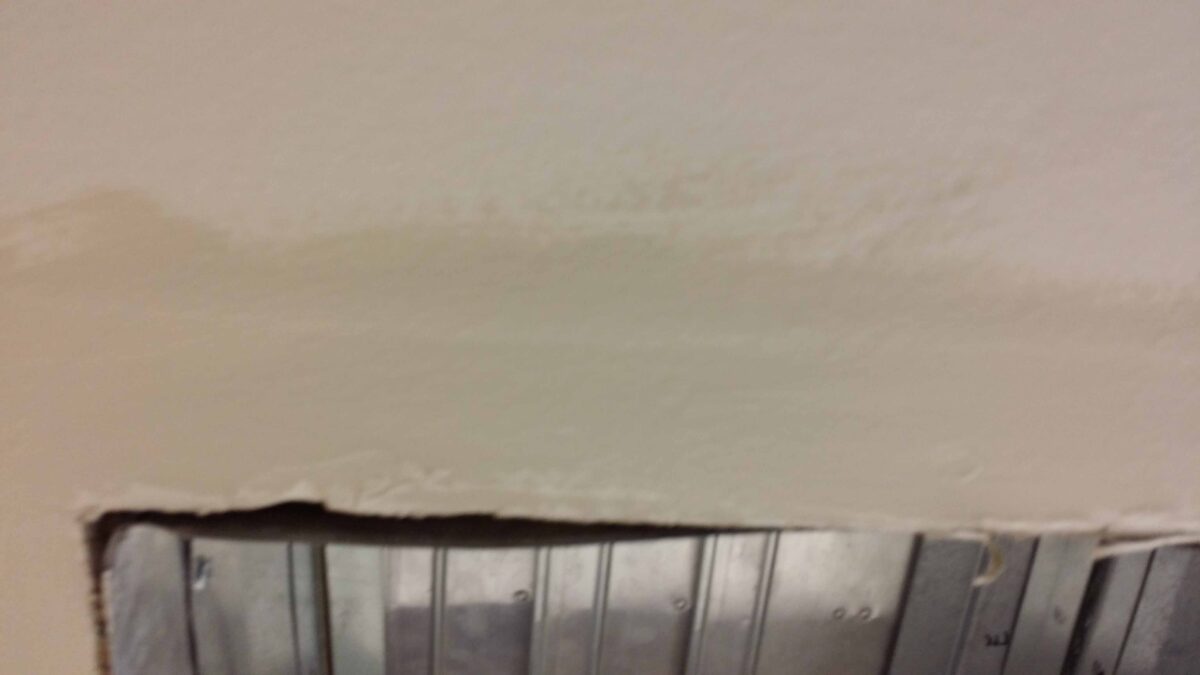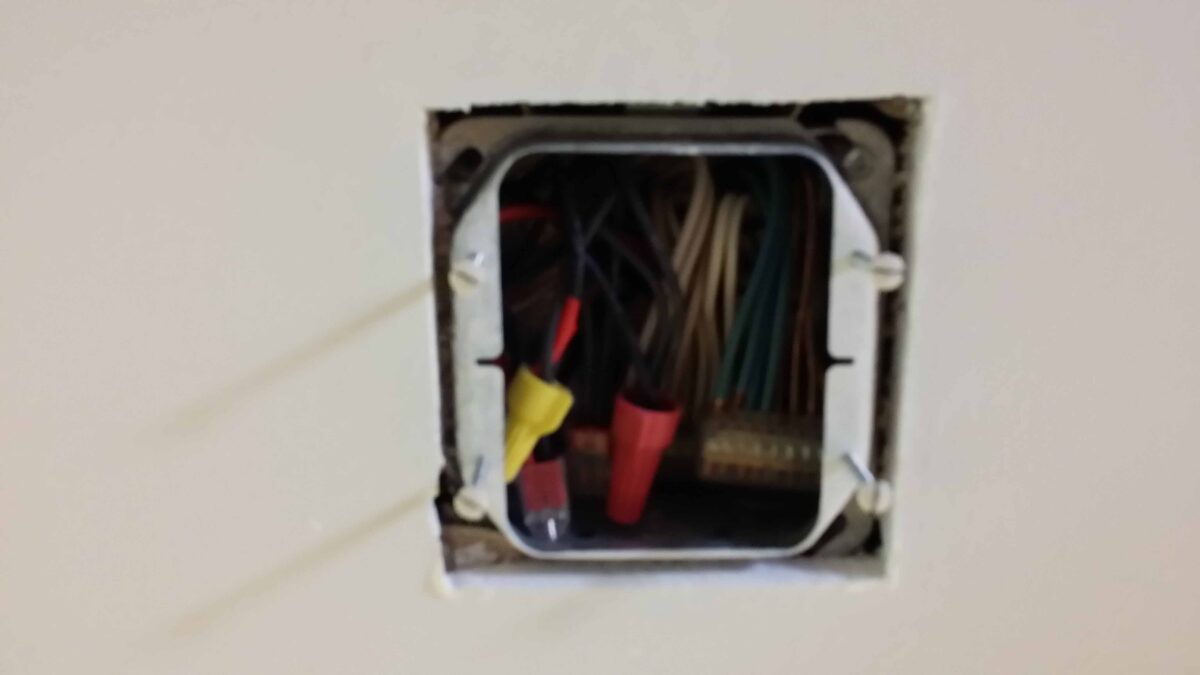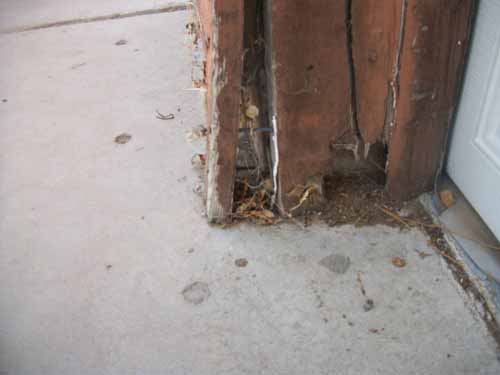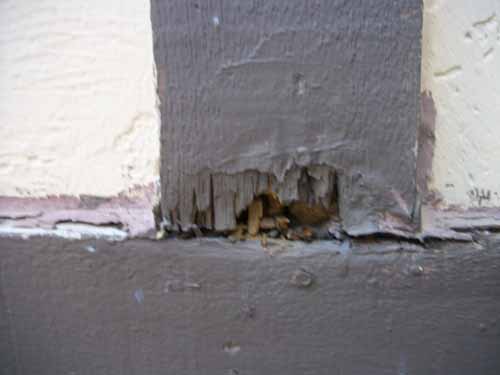Seal it up, your house that is.
Do you know what the biggest thing you can do to stop pests from getting into your house – seal it up. We have a lot of pests in Arizona that can get into our homes, from scorpions to rodents. So it is absolutely essential to seal up your home or business. Now I don’t suggest you do it now, it’s to hot but is can be a great winter project or better yet call ProBest Pest Management at 480-831-9328.
We have tried several caulks to see what works best, the more silicone the better. The only issue you will use all your muscles to squeeze it out, so pick a section of house and take your time. Also use a hose to maneuver the caulk where you want it. Scorpions are the biggest headache we have in Arizona. The National Pest Management Association (NPMA) has some suggestions and useful information at their site, check them out.


